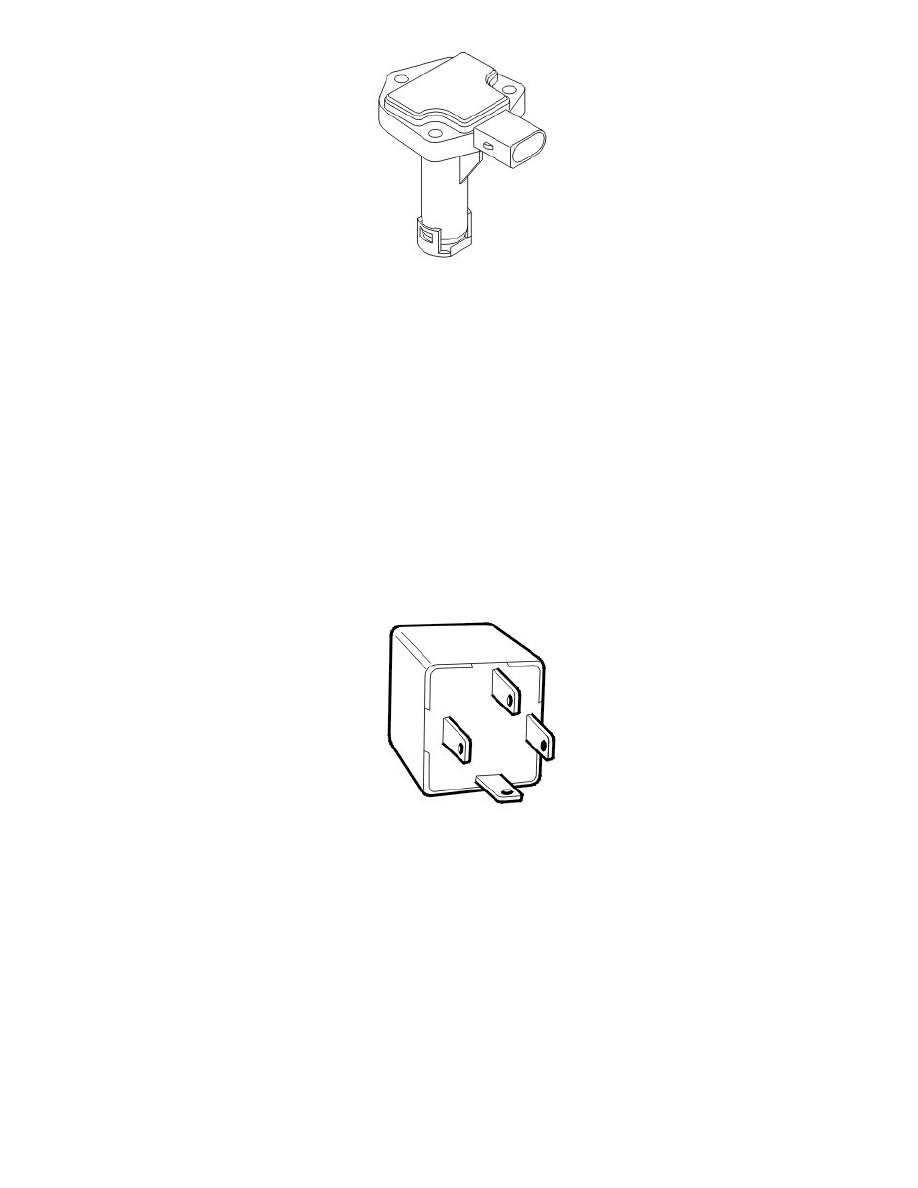S60 L5-2.4L VIN 64 B5244S6 (2003)

The oil level sensor provides the engine control module (ECM) with information about the quality and temperature of the engine oil and the oil level in
the oil trough. Which of these functions is used by the sensor varies between different car models.
All three functions are combined in one unit with a sensor section and an electronics section.
There are no moving parts in the sensor.
The sensor consists of:
-
a terminal with three pins
-
integrated electronics
-
2 capacitive gauge elements
-
a PTC resistor.
The oil level sensor is supplied with 5 V by the engine control module (ECM). The oil level sensor generates a PWM signal for the engine control
module (ECM). See also: Function See: Powertrain Management/Computers and Control Systems/Description and Operation/Engine Management
System/Function
The engine control module (ECM) has diagnostics for oil level sensor functions.
The pulse-width modulated (PWM) signal from the oil level sensor can be read using parameter readout.
Main relay (system relay)
The function of the main relay (system relay) is to supply certain components with voltage.
The relay is mechanical and has a closing/opening function. In the rest position the circuit in the relay is open.
The main relay terminals (#30 and #86) are supplied with voltage by the battery. When the ignition key has been turned and the engine control module
(ECM) is powered, the terminal (#85) on the main relay is grounded by the engine control module (ECM).
When the terminal (#85) is grounded, the relay is activated and a number of components are powered via the relay terminal (#87).
The engine control module (ECM) has diagnostics for the main relay.
The main relay is in the relay/fuse box in the engine compartment.
Air conditioning (A/C) relay
